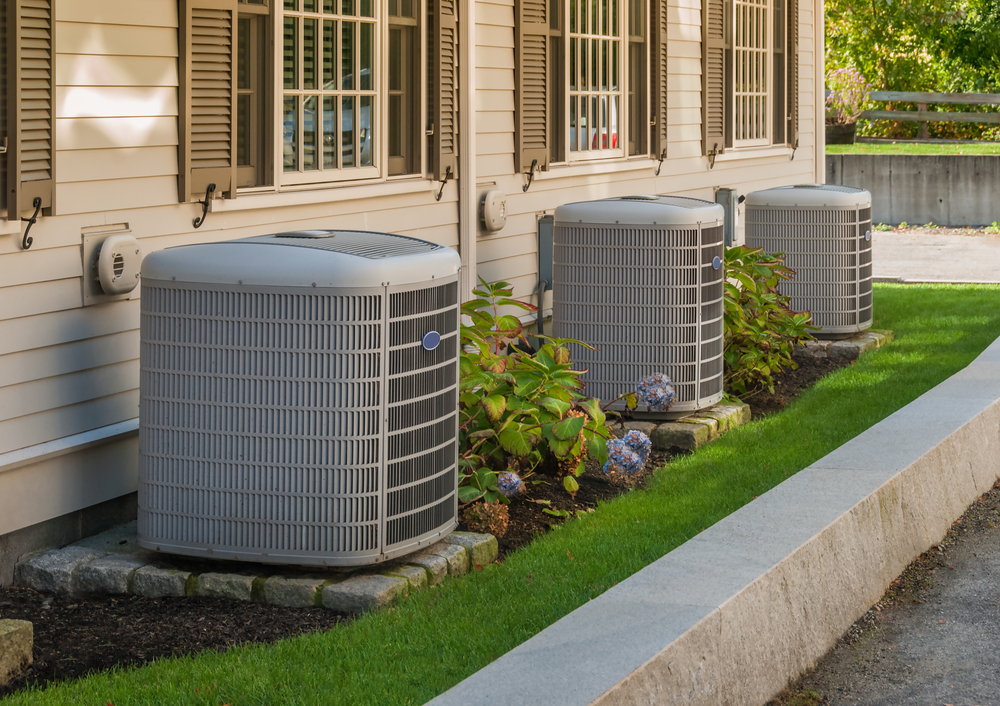
HVAC stands for heating, ventilation, and air conditioning. It refers to the system that provides temperature regulation and air circulation within a building. HVAC systems are commonly found in homes, offices, and industrial buildings and are essential for maintaining a comfortable and safe indoor environment. The primary function of an HVAC system is to maintain a comfortable indoor temperature by heating or cooling the air. This is achieved through a combination of heat sources (such as boilers, furnaces, or heat pumps) and cooling sources (such as air conditioners or refrigeration units).
In addition to temperature regulation, HVAC systems are responsible for maintaining indoor air quality by providing ventilation and filtration. Proper ventilation ensures that the air inside a building is refreshed, preventing the build-up of harmful pollutants and maintaining a healthy indoor environment. Filters also help to remove pollutants, such as dust and allergens, from the air. Overall, an efficient and well-designed HVAC system is crucial to ensure a comfortable and safe indoor environment in any building.

How an HVAC System Works
HVAC (heating, ventilation, and air conditioning) system works to regulate the temperature, humidity, and overall air quality of a building. It consists of three main components: the furnace, the air conditioning unit, and the ventilation system. The furnace heats the air that is distributed through the building’s ductwork during the winter months, while the air conditioning unit cools the air during the summer. The ventilation system brings in fresh air while expelling stale air and moisture.
The thermostat acts as the control center for the HVAC system, communicating with the furnace and air conditioning unit to regulate the temperature. When the temperature drops below the desired level, the thermostat sends a signal to the furnace to start heating the air. Conversely, when the temperature rises above the desired level, the thermostat instructs the air conditioning unit to cool the air.
The ventilation system is an important component of the HVAC system as it ensures that fresh air is circulated throughout the building. Without proper ventilation, air quality can suffer, making occupants uncomfortable and potentially leading to health issues. The HVAC system is essential in maintaining a comfortable and healthy indoor environment. Regular maintenance and servicing of the system can help prevent breakdowns, prolong its lifespan, and save energy costs.
Types of HVAC Systems
- Split System: This system consists of an indoor unit and an outdoor unit. The indoor unit contains the evaporator coil and the blower, while the outdoor unit has the compressor.
- Packaged System: This system has all the components including the compressor, evaporator, and air handler in one unit that is installed outside the building or home.
- Central System: This system consists of a central air handling unit that circulates cold or hot air through a series of ducts and registers throughout the building or home.\
- Ductless or Mini-Split System: This type of system is similar to the split system, but doesn’t require duct work. It consists of an indoor unit and an outdoor unit, connected by a conduit.
- Geothermal System: This type of system uses the earth’s natural temperatures to heat and cool a building or home, typically by circulating water through underground pipes.
Choosing an HVAC System
It’s important to consider a few other factors when choosing an HVAC system, such as the size and layout of the space being cooled or heated, the local climate conditions and air quality, the level of noise the system produces, and the installation and maintenance requirements. It may also be worth exploring options like programmable thermostats or smart home integration for increased comfort and control. Ultimately, the right HVAC system will provide reliable and consistent temperature control while minimizing energy waste and long-term costs. Investing in a quality system that meets your unique needs can improve the overall comfort and health of your home or building and provide peace of mind for years to come.
Summary
In conclusion, HVAC systems are an essential part of any building structure in maintaining a comfortable environment for living and working. Regular maintenance and servicing of these systems are imperative to keep them running at optimal performance levels and to extend their lifespan. It is important to seek professional help for repair and maintenance to avoid any unnecessary breakdowns and system failures.
A well-maintained HVAC system not only provides a comfortable atmosphere but also helps in reducing energy costs and conserving energy. Moreover, the installation of high-efficiency systems with modern technology can help in reducing environmental pollution. Ultimately, it’s beneficial to invest in a reliable HVAC system and the proper maintenance of its components in order to enjoy its benefits year-round. Contact RJ Wiley HVAC today for all your HVAC needs.
